How to Know If Your Wisdom Tooth Is Growing Wrong
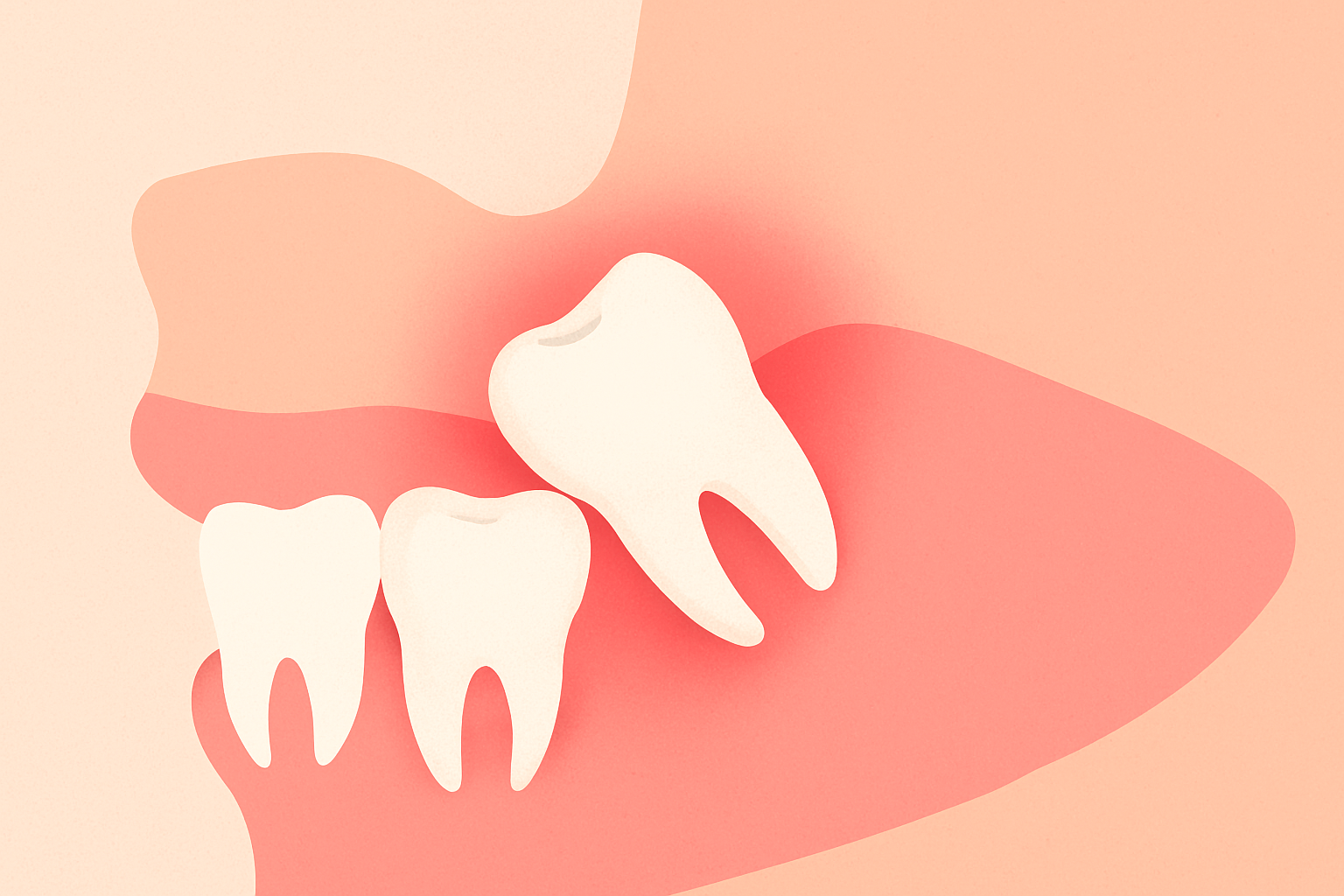
Wisdom teeth can be tricky. Sometimes they grow in without causing any issues, but other times they cause pain, swelling, infections, or pressure that affects your other teeth. If you’re not sure whether your wisdom tooth is coming in normally or causing problems beneath the surface, this guide breaks everything down clearly.
In this long-form, easy-to-read breakdown, you’ll learn the key signs your wisdom tooth is growing wrong, what counts as “normal,” what to watch out for, and when to see an oral surgeon. Whether you’re feeling mild discomfort or dealing with persistent pain, understanding what’s happening is the first step to preventing bigger dental issues.
Before we get into the details, the best thing you can do is pay attention to what your mouth is telling you. Most people notice early warning signs long before things get serious. And the sooner you understand what those signs mean, the easier it is to manage or prevent complications.
What It Means When a Wisdom Tooth Grows “Wrong”
When a wisdom tooth grows wrong, it usually means one of the following:
- It’s impacted (stuck beneath the gum or jawbone)
- It’s angled incorrectly
- It’s growing sideways
- It’s pressing against the molar in front of it
- It doesn’t have enough space to fully emerge
- It partially erupts, leaving a flap of gum tissue that traps food and bacteria
A wisdom tooth growing the wrong way doesn’t always cause immediate pain. Some people only realize there’s an issue once they notice swelling, jaw stiffness, or bad breath. Others discover the problem during a routine dental X-ray.
Because these teeth appear in the late teens or early 20s, they’re often overlooked until symptoms appear. Knowing the symptoms early can help you address problems before they worsen.
The Most Common Signs Your Wisdom Tooth Is Growing Wrong
Below are the most reliable signals that something isn’t right with your wisdom tooth. These signs range from mild irritation to more serious dental problems.
1. Persistent or Recurrent Pain in the Back of Your Mouth
Pain is usually the first sign that your wisdom tooth isn’t growing correctly. This pain often shows up:
- Behind your last molar
- Deep within your jaw
- At the gumline in the very back
- On one or both sides
The pain can be dull, throbbing, or sharp depending on how the tooth is positioned. If the tooth is pushing against another tooth or stuck beneath the gum, the pressure can cause continued discomfort.
If the pain comes and goes, that’s also common—especially if only part of the tooth has erupted, because bacteria can easily get trapped in the area.
2. Swollen, Tender, or Bleeding Gums
When a wisdom tooth grows at a wrong angle or lacks space, the surrounding gum tissue becomes irritated. You may notice:
- Soreness
- Redness
- Puffiness
- Bleeding when brushing or flossing
- Tender areas behind the molars
This often means the tooth is only partially erupted. A gum flap called an operculum can form, trapping food and bacteria and increasing the risk of infection.
Untreated, this can lead to pericoronitis, a painful gum infection that makes it difficult to open your mouth or chew.
3. Jaw Stiffness or Difficulty Opening Your Mouth
If you find it harder than usual to open your mouth fully, this can be a sign of:
- Inflammation from an impacted wisdom tooth
- Muscle tightness caused by pressure on the jaw
- Infection in the surrounding tissue
This limited movement is sometimes called trismus. It’s a key sign that the tooth may be impacted and irritating the jaw muscles or joint.
4. Headaches or Earaches
Wisdom tooth pressure often radiates beyond the mouth. Pain from a misaligned or impacted wisdom tooth can travel through the jaw and cause:
- Headaches
- Earaches or ear pressure
- Neck discomfort
People often assume the issue is sinus-related or muscular, when it’s actually coming from the teeth. If the discomfort is only on one side, and near the jaw joint, it may be related to a wisdom tooth that’s growing wrong.
5. Bad Breath or Persistent Bad Taste
When a wisdom tooth is partially erupted or impacted, it becomes very easy for bacteria to collect in the area. This can lead to:
- Bad breath
- A foul taste when swallowing
- Gum infections
Even with good oral hygiene, the shape and location of the wisdom tooth area make it difficult to keep clean.
6. Swelling in the Jaw or Cheek
Swelling in the back of your jaw or along the cheek is a common sign of:
- Gum infection
- Tooth impaction
- Pressure from a sideways-growing tooth
This type of swelling can make your face feel uneven or tender. If left untreated, infections can spread, causing more significant swelling.
7. Crowding or Shifting of Other Teeth
Many people notice their other teeth shifting or crowding, especially in the lower front teeth. This is often due to pressure from a growing wisdom tooth pushing the rest of the teeth forward.
While wisdom teeth aren’t the only cause of crowding, they can worsen a problem, especially if they grow at an angle.
If you’ve recently completed orthodontic treatment, monitoring your wisdom teeth is even more important.
8. Cysts Around the Wisdom Tooth
In more serious cases, an impacted wisdom tooth can form a cyst around the crown. This fluid-filled sac can damage:
- The jawbone
- Surrounding teeth
- Nerves
Cysts often develop silently and are usually detected through dental X-rays. Removing the tooth early can prevent long-term damage.
What Normal Wisdom Tooth Growth Looks Like
To help you understand the difference, here’s what normal wisdom tooth growth usually includes:
- Mild soreness that fades quickly
- Gums that heal over time without swelling
- Teeth that erupt straight and without pressure
- No recurring bad breath
- No gum flaps trapping food
- No pain radiating to the jaw, head, or ears
If your tooth is erupting properly, you shouldn’t feel ongoing discomfort or notice swelling or tension in the surrounding teeth.
Types of Wisdom Teeth That Grow Wrong
Understanding the different problem positions can help you identify what may be happening in your mouth.
Mesial Impaction (Most Common)
The tooth grows at an angle toward the front of your mouth, pushing into the molar in front of it.
Symptoms often include pressure, pain, and crowding.
Distal Impaction
The tooth grows toward the back of your mouth. It may be partially stuck or fully impacted.
Vertical Impaction
The tooth is upright but trapped beneath the gum or bone because there isn’t enough space to erupt fully.
Pain and swelling are common even though the tooth looks “straight.”
Horizontal Impaction
The tooth lies sideways and pushes directly against the neighboring molar. This is one of the most painful and damaging forms of impaction.
How Dentists Diagnose a Misaligned Wisdom Tooth
A dentist or oral surgeon typically uses:
X-Rays
Standard dental X-rays show:
- Tooth angle
- Position
- Root shape
- Impact on nearby teeth
CBCT Scans (3D Imaging)
For complex cases, surgeons use 3D imaging to measure nerve distance, bone density, and the exact placement of the tooth.
Oral Examination
Dentists inspect the gums, measure swelling, check for infections, and evaluate jaw function.
A proper diagnosis is essential because the treatment depends entirely on the type of impaction.
When to See a Dentist or Oral Surgeon
You should schedule an appointment if you experience:
- Pain lasting longer than 48–72 hours
- Swelling inside the mouth or across the cheek
- Difficulty opening your mouth
- Persistent bleeding
- Bad taste or smell coming from the back of your mouth
- Pressure or shifting teeth
- Recurrent infections around the gums
Even if symptoms come and go, wisdom tooth problems rarely resolve on their own.
We are dedicated to treating you with the utmost care.
What Happens If You Ignore a Wisdom Tooth Growing Wrong?
Leaving an impacted or misaligned wisdom tooth untreated can lead to:
- Repeated infections
- Damage to nearby teeth
- Cysts or tumors
- Bone loss around the tooth
- Chronic jaw pain
- Bite issues
- Gum disease
Many people end up needing removal eventually, and earlier treatment is usually simpler, safer, and more comfortable.
Treatment Options
Most misaligned or impacted wisdom teeth require removal, especially if they’re causing symptoms. Treatment options typically include:
Local Anesthesia Extraction
For erupted or mildly impacted teeth.
Surgical Extraction
For teeth beneath the gum or bone, teeth lying sideways, or teeth near the nerve.
Antibiotics and Rinses
To treat infections before extraction.
Pain Management
Includes over-the-counter or prescribed medications.
Your oral surgeon will walk you through a treatment plan based on your X-rays and symptoms.
Tips to Manage Pain While Waiting for Your Appointment
If you’re waiting to see a dentist, these tips may help reduce discomfort:
- Use cold compresses for swelling
- Rinse gently with warm saltwater
- Avoid chewing on the affected side
- Keep the area clean without disturbing the gum
- Avoid hard, crunchy, or spicy foods
- Take approved pain relievers if necessary
These are temporary solutions, not substitutes for treatment.
A Quick Checklist: Is Your Wisdom Tooth Growing Wrong?
Here’s a simple yes-or-no guide.
Do you have:
- Pain behind your molars?
- Swelling near the gums or jaw?
- Difficulty opening your mouth?
- Bad breath or bad taste?
- Pressure on nearby teeth?
- Recurrent gum irritation?
- Headaches or earaches?
If you answered yes to two or more, there’s a strong chance your wisdom tooth is misaligned or impacted.
Final Thoughts
Wisdom teeth don’t always cause pain, but when they grow wrong, they can lead to serious dental issues if ignored. Paying attention to symptoms early makes treatment easier and prevents long-term problems.
If you suspect your wisdom tooth is growing at the wrong angle, schedule an evaluation. A simple X-ray can confirm what’s happening and help you plan the right next step.
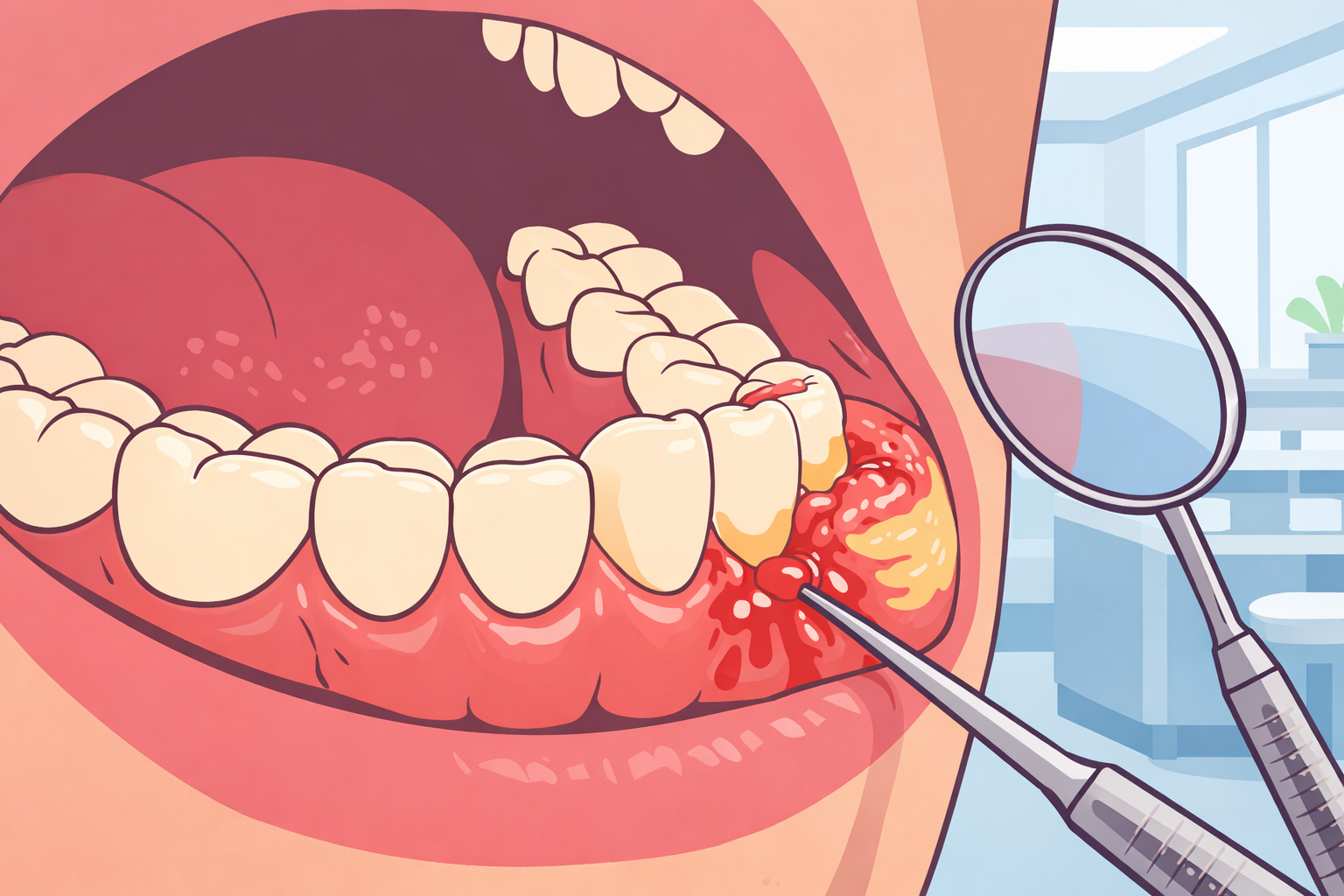
Warning Signs of a Serious Wisdom Tooth Infection You Shouldn’t Ignore
December 22, 2025
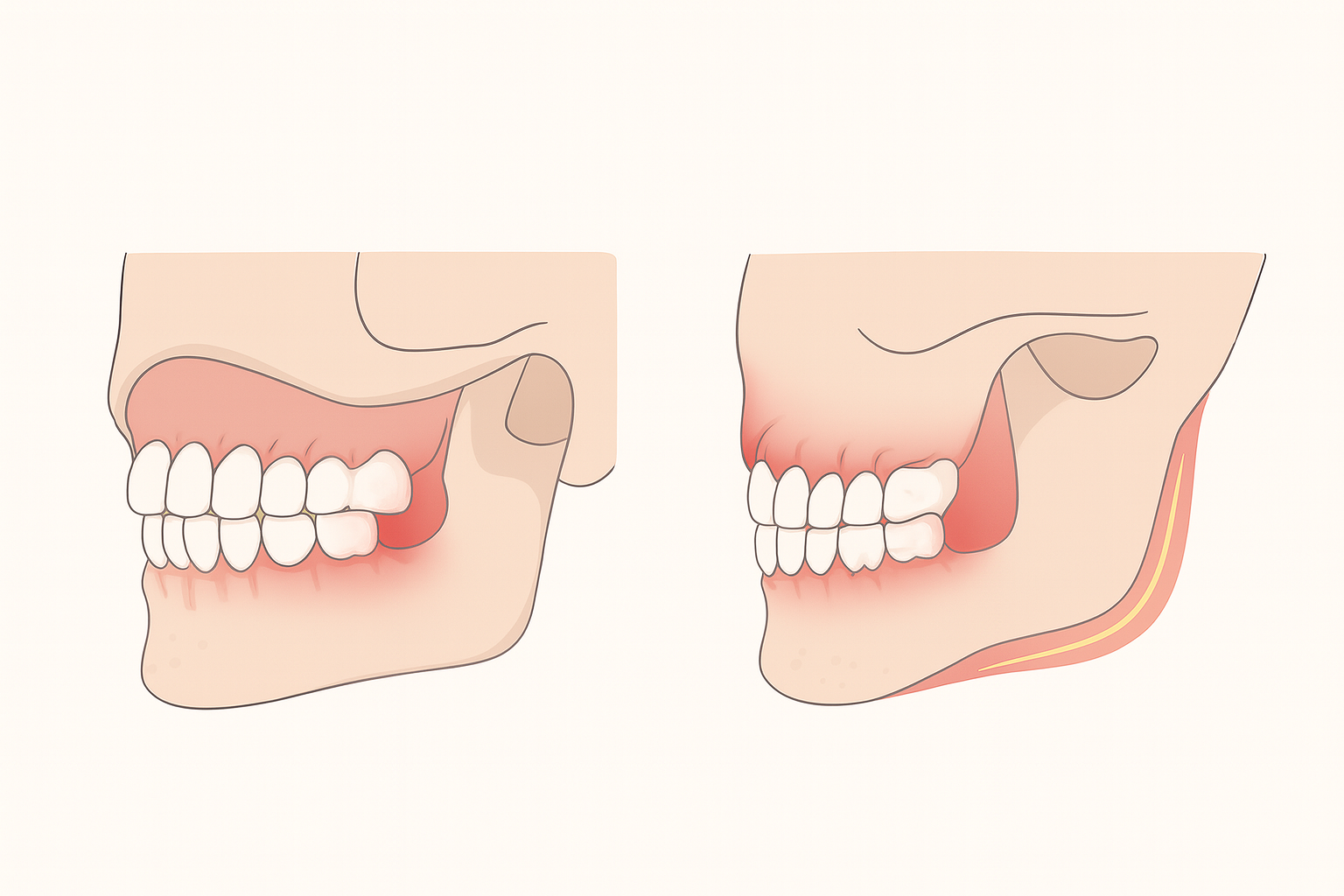
Do Upper and Lower Wisdom Teeth Hurt Differently?
December 11, 2025

Impacted Wisdom Teeth Symptoms You Shouldn’t Ignore
July 1, 2025
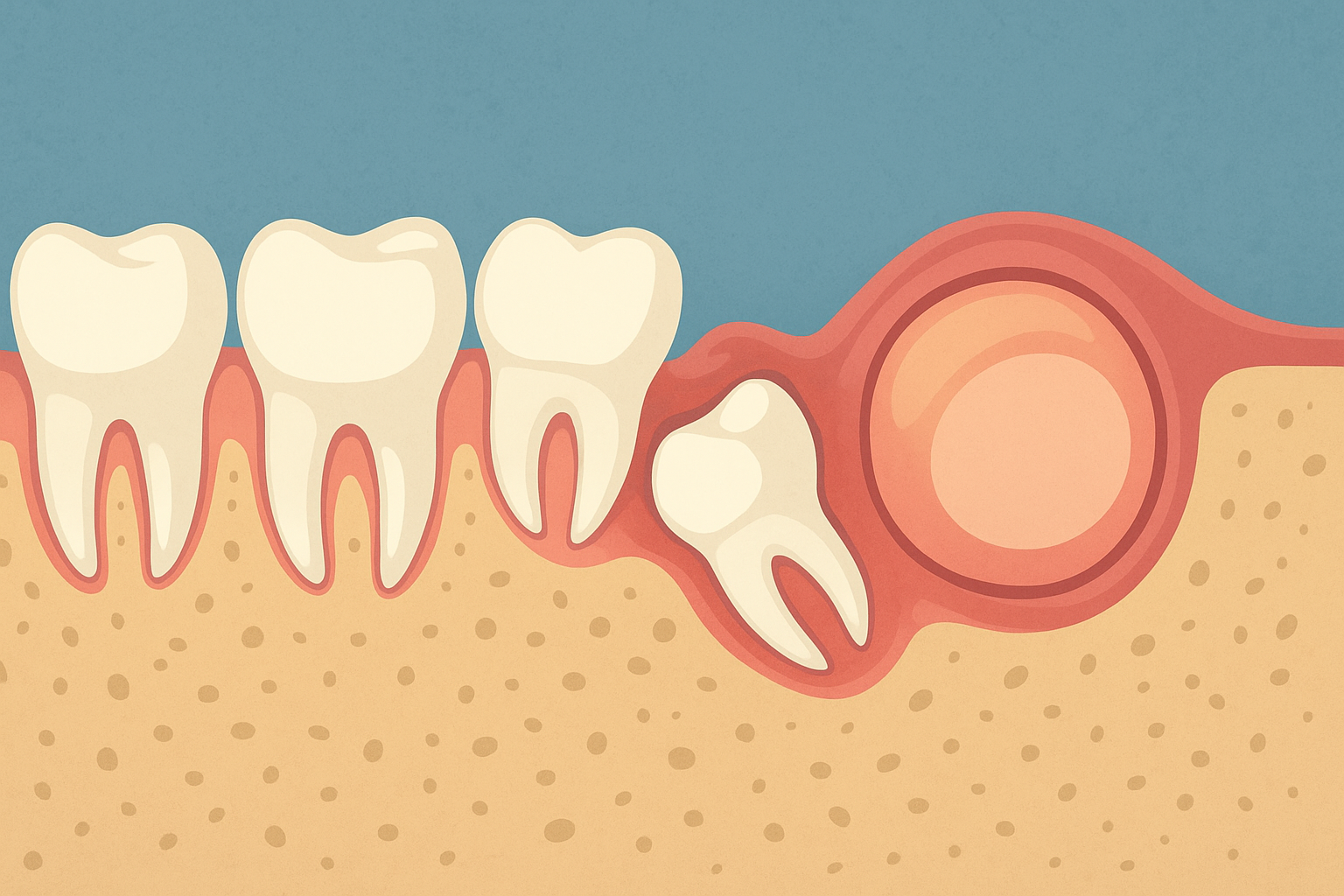
Cysts Caused by Wisdom Teeth: What You Need to Know
December 11, 2025
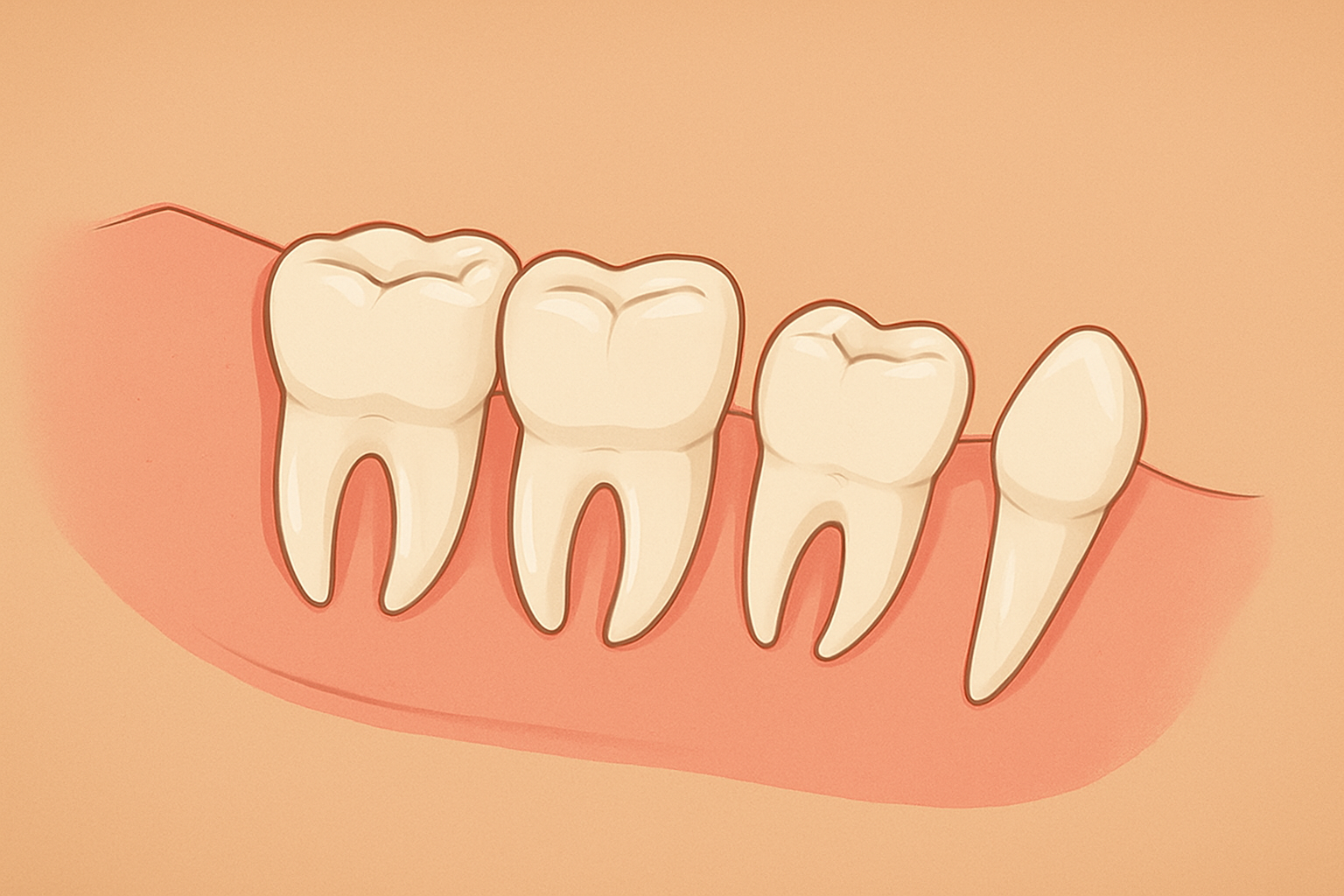
How Many Wisdom Teeth Does a Person Have?
December 4, 2025